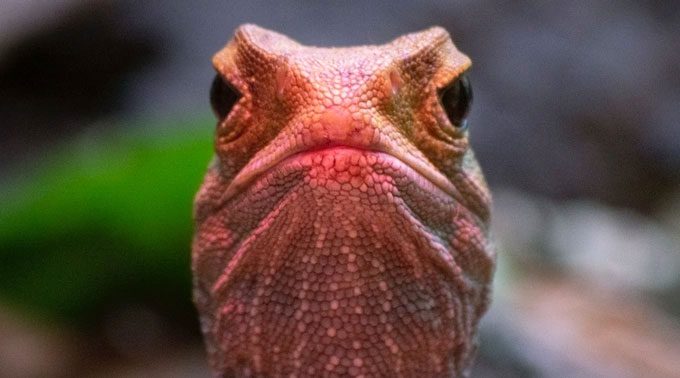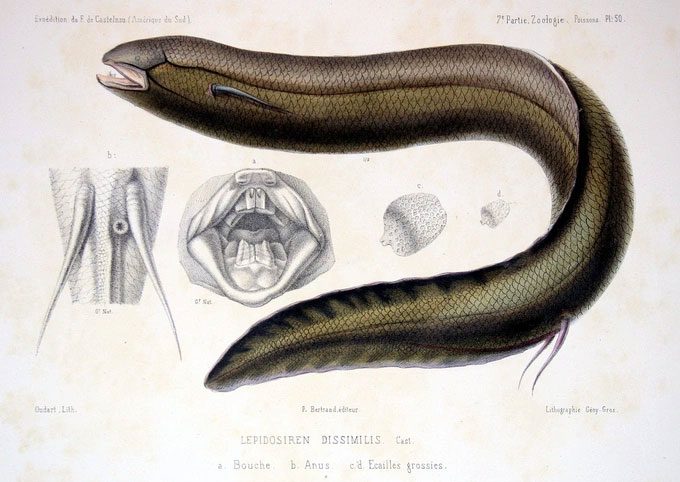Turtles, fish, and many amphibian species have been found to possess their own unique vocalizations.
Many Animal Species Can Produce Sounds
As we know, many animal species tend to communicate by making sounds, such as dogs, cats, buffalo, and cows. But what about other creatures? Does the fact that we haven’t heard them mean they don’t know how to “speak”?

The Tuatara (Sphenodon punctatus) communicates by producing sounds (Photo: Getty).
In a recent study, scientists have discovered for the first time the sound-producing abilities of over 50 diverse animal species, ranging from South American lungfish, the Cayenne caecilian, to the Tuatara.
“All recorded species have a diverse collection of sounds, with various ways of communication,” the authors concluded.
Evolutionary Origins May Be Upended
Today, the theory of sound communication suggests that this basic trait is only found in certain animal species that exhibit diverse ear structures and vocal morphology, typically birds and mammals.
However, the new research indicates that this is not accurate. In fact, even animal species positioned differently on the “tree of life” can produce sounds in similar ways and for similar reasons.
One of these reasons may be for mating, communication, or raising offspring. This suggests that this skill has a common origin and has simply evolved in different ways.

The South American lungfish (Lepidosiren paradoxa) has been found to possess a “voice” for communication (Photo: Wikipedia).
Researchers also argue that if we truly want to understand how sound communication developed, then these “important and overlooked groups” should be prioritized.
“Although we do not have much data on the sound-producing abilities of these species, it does not mean they do not vocalize,” a representative of the research team stated.
This is precisely what the current study aims to address. The authors found dozens of examples of sound communication from 106 “overlooked” species.
From these findings, the authors suggest that the evolutionary origins of using sound for communication in animals may have developed in a much more complex way and could stem from a common ancestor.





















































